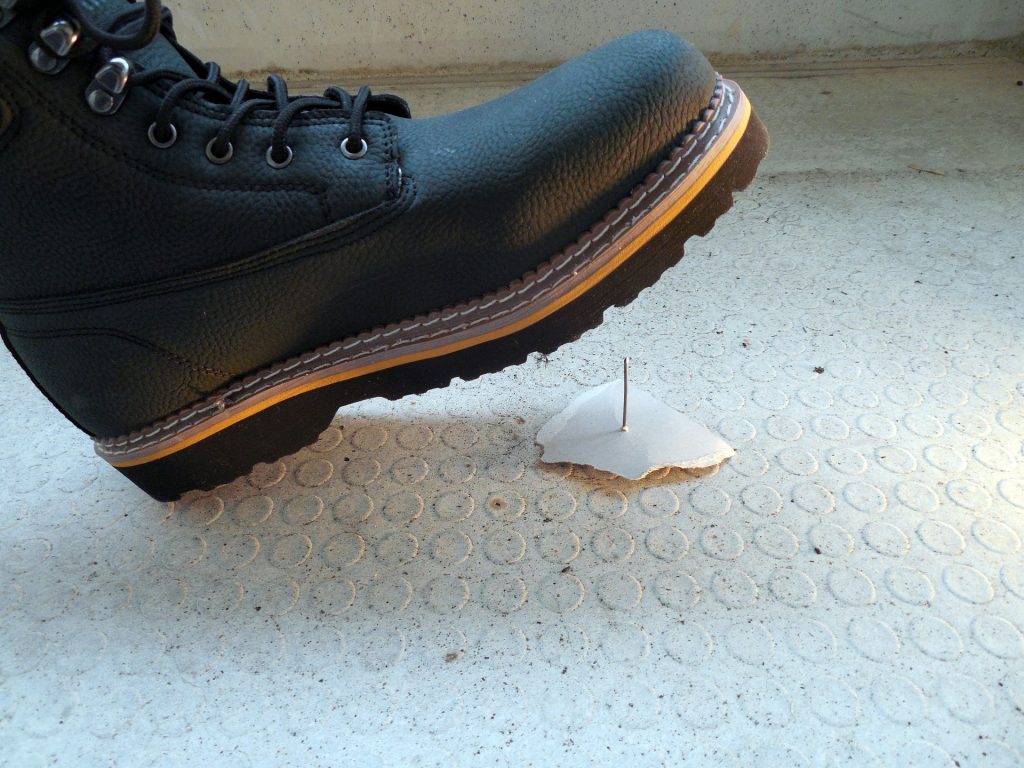What Are The Accident Investigation Steps To Go Through, And Why Must They Be Completed?

Providing employees with a safe working environment is an important requirement, whether that’s an office, warehouse, shop, restaurant or other type of building. Making the workplace safe will depend on the building, what the business does, and what hazards employees – and customers – face while on the premises. While every step is taken to prevent incidents, if one occurs then there are a number of accident investigation steps to complete.
All of these steps make up an accident investigation report, which must be completed for every incident. This is needed to show the details of what happened and the measures put in place to make sure there’s no repeat of it.
We believe it’s important to learn whatever we can from each situation, as it will make the work environment safer for everyone. A workplace accident investigation is essential too, for any health and safety team or consultant to use.
What Is The Purpose Of An Accident Investigation?
A workplace accident investigation is intended to analyse any accident or incident that occurs in the workplace, even if it doesn’t lead to someone getting injured. Once it’s clear what happened, an accident investigation report will outline the events that led to the situation occurring. This can be used to improve risk assessments by highlighting unforeseen hazards and putting measures in place to address them.
Ultimately, all of the accident investigation steps you need to complete will help make your workplace safer by identifying risks and hazards that need further action to keep employees safe. While a separate process, it does have links to risk assessments and other health and safety tools.
Who Completes An Accident Investigation Report?

It is the responsibility of a supervisor or manager to complete an accident investigation report when an incident has taken place. If there’s a health and safety team or specialist in the business, they may take over or ensure every accident investigation step is completed to the right level of detail.
Whoever completes the workplace accident investigation, the person or people involved in the incident should be involved. While a manager or supervisor will be able to look at the accident from an outsider’s perspective, the people involved can add more context and detail, which paints a much more comprehensive picture. This is especially helpful in the later stages of an accident investigation report.
How To Conduct An Accident Investigation
When it comes to actually completing an accident investigation report, it’s not as simple as writing out what happened and then filing it away never to be seen again. That makes it an almost pointless exercise. To make sure that lessons are learned and changes are implemented, you should complete an accident investigation as soon as possible, but if there’s an injury that needs to be dealt with, that takes priority.
There are 5 main parts of a workplace accident investigation, although some can be broken into smaller steps if there’s a lot to manage.
1) Report The Incident
The first accident investigation step is to report what happened. This might be a quick description of the event which is light on details. It’s likely to be the start of a much larger and comprehensive report.
In the aftermath of an incident, the focus should be on making sure everyone involved is okay, and that the necessary people are alerted that something has occurred. This might require external help or support, cordoning off the area, or other measures to keep others from the area while it is resolved.
2) Find Out What Happened

Once the incident is under control, the manager, supervisor or health and safety expert can carry out a more thorough analysis of what happened. This will take the initial report and expand on it, looking at the cause of the accident and the factors that led to it – both with the person involved and the hazard.
This is the beginning of a much more comprehensive accident investigation report. It is not designed to assign blame to anyone, but create a clear picture of what happened, and why it happened. You can then compare this to any policies, procedures, and risk assessments that are already in place to see if this has been covered before or if there’s an opportunity to make positive changes.
3) Gather Evidence
This is linked to the second accident investigation step, but to go along with the more detailed version of events, evidence should be gathered and included to make sure it’s crystal clear what happened and what the important parts are.
This evidence can include photos of the hazards, damage done because of the accident or that played a part in causing it, and interviews with the people involved and any witnesses of the accident. Written or audio accounts are reliable reference formats that allow you to check details and compare them to get an accurate account of what happened.
4) Identify The Risks

With all the information and evidence you have in your accident investigation report, you can now confidently identify what risks and hazards were present. If there were any mitigating factors, this can be included, but the goal is to bring every into the spotlight so they can be addressed.
It’s important to remember that even if a risk wasn’t directly involved in the incident, but was present or hadn’t been addressed for the way it was revealed in an earlier, it needs to be accounted for in this section. While the primary focus is on the accident, the ultimate goal is to improve health and safety throughout the workplace and this helps to achieve that.
5) Implement Changes To Prevent It Happening Again
The last of the accident investigation steps is to take everything you’ve learned and put the right measures in place to stop the same accident from happening again. This means addressing the risks and hazards present and mitigating their effect as much as possible. Even hazards that were not involved but still present should be addressed.
These changes might be focused on the hazard, the area around them, the use of equipment, or a number of other solutions. These will depend on the workplace, what people do and how they act.
Completing Every Accident Investigation Step Properly
Every health and safety document, form, or process needs to be completed properly. Not doing so increases the risk of incidents happening again, which can cause harm to anyone on the premises. It also means compensation and legal costs could increase, and if you are found to be not fulfilling your responsibilities as an employer, penalties and fines could be imposed on the business. Taking the time to do this properly is a must, and will only help you in the long run.
If you want to know more about the different accident investigation steps, or how to conduct an accident investigation on the whole, get in touch with the team at Rhino Safety today. Our expert health and safety consultants are ready to help answer your questions or provide more substantial support to your business.
